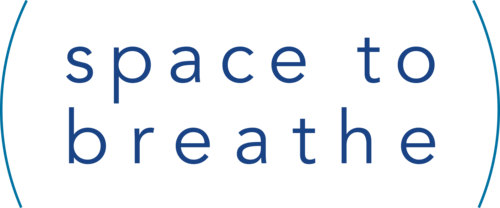There have been times when Content and Design have felt like an odd couple. Writers extolling the importance of words and message whilst Designers seek to overhaul and create ways to make everything look more effective. But recent years have shown us the virtue agile content – ways in which content works with other disciplines in partnership to maximize everything that’s on the web. Working together makes sense.
Design and content
Design has the capacity to enthrall, move and motivate but design which doesn’t connect with content or context can often miss the mark. The danger, as the Design Council put it is that we can get “bowled over” by a sleek design. “It might look impressive but the reason you’re appointing an agency is to establish a design that will best suit the needs of your users, rather than use on that looks good.”
Creating as part of the Modernista movement of the early 20th Century, Gaudi figured out that harmony was a key factor in design. Harmony of light and shade, harmony of materials, harmony too of a design with a story and it’s setting. His architecture in Barcelona has become synonymous with the city – it connects and doesn’t just stand alone.
Over time I’ve found Gaudi has become an incredible metaphor for the marriage of content and design that I believe in so passionately.
Learning from Gaudi
If you take a walk around Barcelona you can’t help but notice Gaudi. His work is everywhere. Creative lamposts, beautiful apartment buildings, parks and even a massive Cathedral La Sagraia Familia.
If you took this walk with your eyes open to learn I think there are some clear factors which can inform us about content and design.
Technical creativity works best with a clear purpose.
Gaudi was an innovator, he embraced new ideas but there was always a message behind them. In his Sagradia Familia Cathedral he uses nature as a model for design, yet also realises that nature speaks of the creator of which the Cathedral is all about.
“those who look for the laws of nature as a support for their new works collaborate with the creator”
Do our innovations in web design actually aid the content which sits at the centre of a website? How can innovation amplify and enhance content?
Embracing design principles.
Gaudi loved to explore principles from other disciplines. He worked with geometry, he learnt from artistic movements, he explored concepts such as the use of space in Islamic art and design. One of Gaudi’s passions was colour. He saw how use of colour could enhance design features and draw the eye.
“Colour in certain places has the great value of making the outlines and structural plains even more energetic”
For our websites we can do the same with ideas such as Gestalt’s theories of proximity. Design principles can sit alongside things like typography and images as ways to draw attention to content.
Understand the context
Gaudi went to extraordinary lengths to understand the context of his work. For example he spent time with the dying and bereaved in a hospital to understand their emotions before a part of a design around the death of Lazarus. When challenged about the length of time the cathedral project was taking his simple reply was
“Donʼt worry my client isnʼt in a hurry”
How much will we seek to understand the context of organisations and clients we work with? Gaudi realised that content is about people and sought to understand what they understood about concepts he worked with.
3D Models
Most striking of all to me is that Gaudi never worked with drawings. Design for him began with 3D models and here he began to grapple with the realities of what he had – materials and space but also with the content and messages behind his work. His work was always practical, like the lampposts that are dotted through Barcelona. But he would engage with content first and create from it. This is the same concept Space to Breathe takes with web design, to begin with users and organisations and with the content they have. We can all learn a lot from the way Gaudi created with content as an inspiration and ethos, not just bricks and mortar.
This presentation was given in 2015 at the ContentStrategy Meetup in London and was produced in partnership with Worthers Media. You can see the slides on WorthersMedia.
